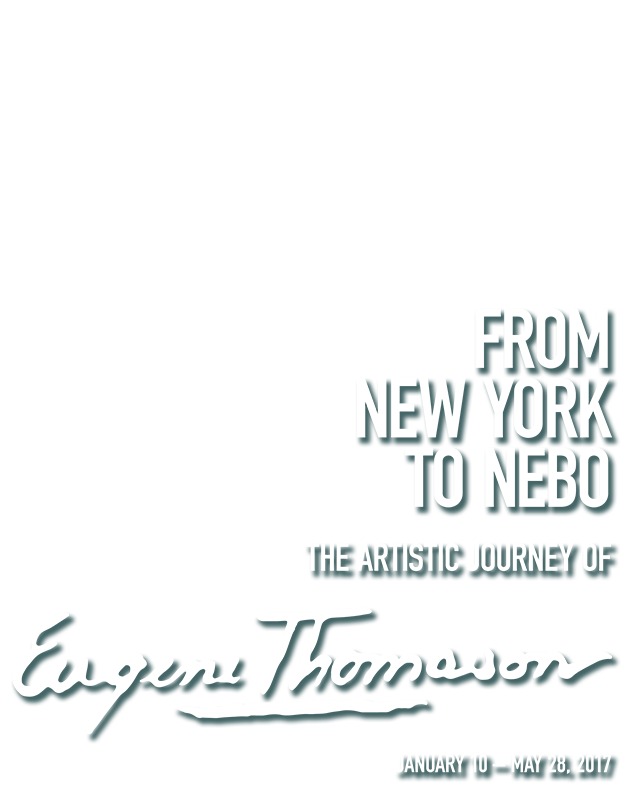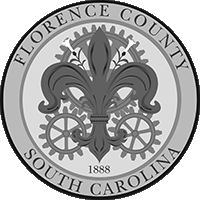
Eugene Healan Thomason (1895–1972) was a product of the industrialized New South. Like so many other aspiring American artists, he made the obligatory pilgrimage to New York to advance his art education and launch his career. He understood that the city offered unparalleled opportunities – prestigious schools, groundbreaking teachers, and an intoxicating cosmopolitan milieu – for a promising young painter in the early 1920s.
Under the patronage of one of the nation’s most powerful tycoons Thomason gained entrance to the renowned Art Students League, where he fell under the influence of the leading members of the Ashcan School: Robert Henri, John Sloan and, in particular, George Luks. Thomason spent a decade in the city, adopting – and eventually adapting – the Ashcan movement’s gritty realistic aesthetic into a distinctive regionalist style that rendered simple subject matter using thick paint.
For reasons perhaps more circumstantial than calculated, Thomason returned to the South in the early 1930s. Following a brief stint as a portrait painter and teacher in Charlotte, North Carolina, he settled in a small Appalachian crossroads called Nebo. For the next thirty-plus years, Thomason mined the rural landscape’s rolling terrain and area residents for inspiration, finding there an abundance of colorful imagery more evocative – and more personally resonant – than the urbanism of New York.
Painting at the same time as such well known Regionalists as Thomas Hart Benton and Grant Wood, Thomason embraced and convincingly portrayed his own region, becoming the visual spokesman for that place and its people. He functioned outside of the art world mainstream, working and exhibiting – with rare exception – only in the Carolinas, and without consistent gallery representation that might have promoted his career, provided financial stability, and generated critical acclaim. As a result, Thomason and his art have regrettably been overlooked. Yet, his story is a compelling one, well worth telling and long overdue.






